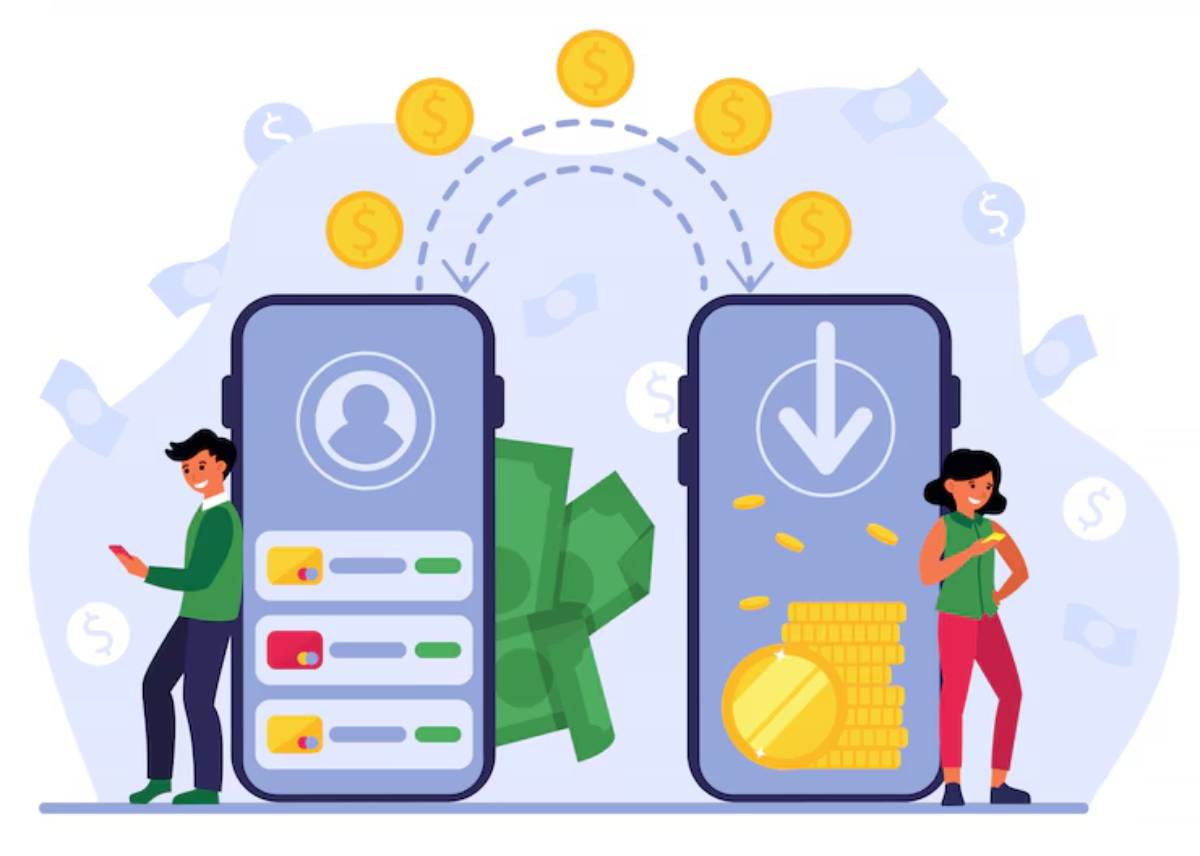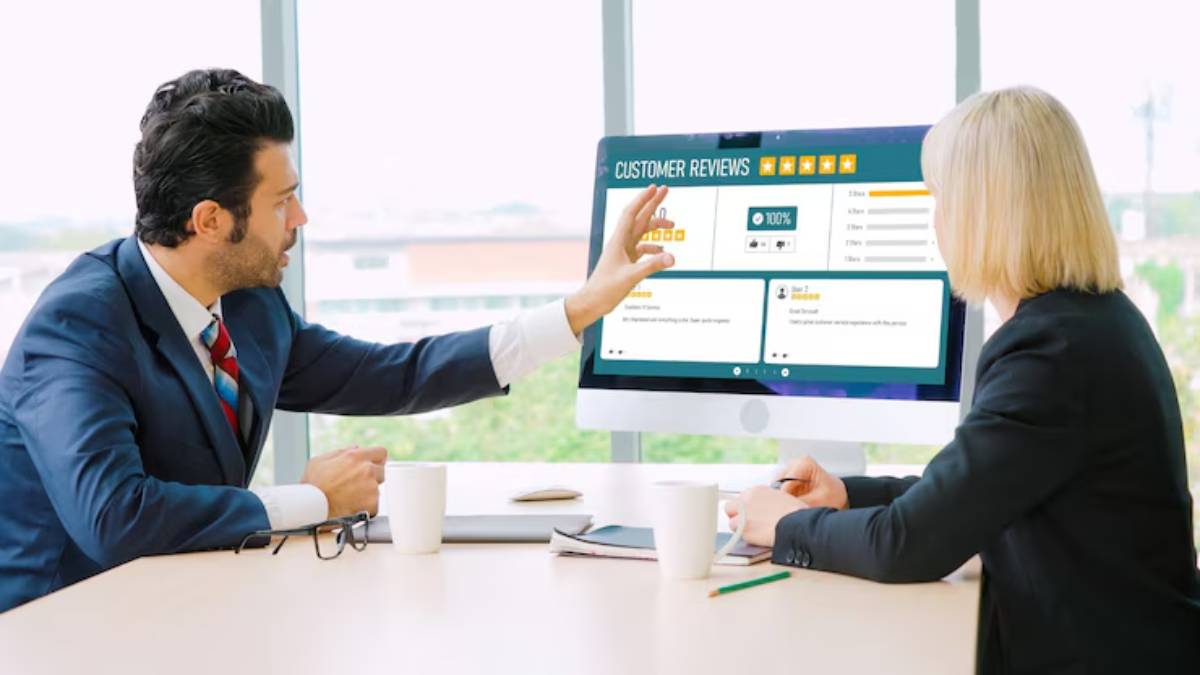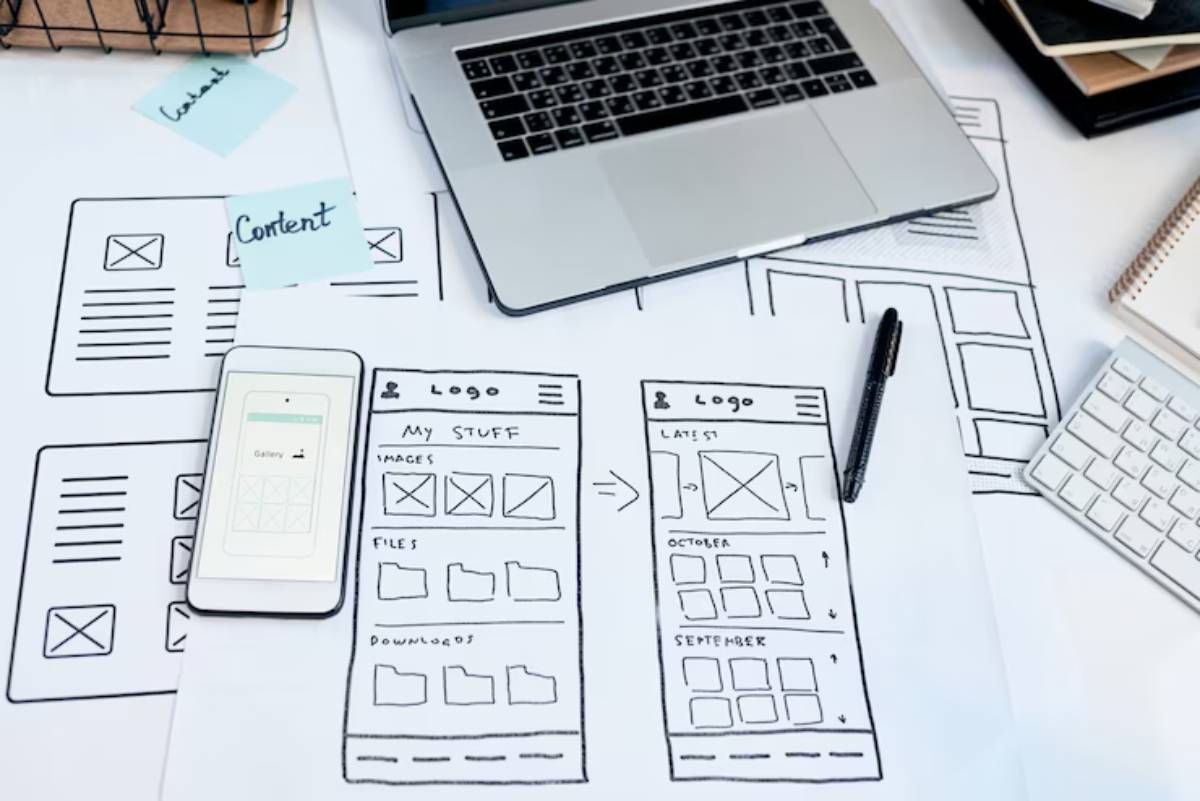
Monetisation Strategies for Utility Apps
Creating a great utility app is a huge achievement. But success does not stop with downloads.
Without smart app monetisation, you risk building an amazing tool that never earns real utility app revenue.
The good news? There are many proven ways to turn helpful apps into profitable businesses — without hurting the user experience.
This guide explains the top strategies, including smart use of in-app purchases, ads, subscriptions, and more.
Why Monetisation Planning Matters
If you do not plan your revenue model early, you face problems later:
- Poor user trust if changes feel sudden
- Difficult app store optimisation
- Harder financial growth even with rising downloads
Choosing the right model from the start makes everything smoother.
Good monetisation rewards users and creators alike.
Core Monetisation Strategies for Utility Apps
1. Freemium Model
The freemium model offers a basic version for free and charges for extra features.
Why it works:
- Lowers the barrier for new users
- Builds trust before asking for money
- Lets users upgrade when they see real value
Best practices:
- Keep the free version useful, but limited
- Offer upgrades that feel like obvious wins
- Highlight premium benefits clearly inside the app
Freemium works best when users quickly feel the need to upgrade.
2. In-App Purchases (IAPs)
In-app purchases allow users to buy extra content or features inside your app.
Common examples:
- Unlocking extra tools or settings
- Buying new themes, templates, or icons
- Paying for faster service or bonus capabilities
Tips for using IAPs well:
- Make purchases feel like exciting rewards, not roadblocks
- Offer bundles or discounts for multiple purchases
- Protect users from accidental purchases with confirmation steps
Good IAPs boost revenue without frustrating users.
3. Subscription Plans
Subscriptions create recurring revenue by charging monthly or yearly.
Why subscriptions are powerful:
- Predictable cash flow
- Higher Lifetime Value (LTV) from each user
- Easier to offer continuous updates and support
Best practices for subscriptions:
- Offer clear monthly and annual options
- Reward long-term subscribers with discounts or extras
- Remind users of upcoming renewals (build trust)
Subscriptions work best when users rely on your app daily or weekly.
4. One-Time Paid Apps
Instead of free downloads, charge a one-time fee upfront.
When to consider this:
- Your app solves a rare but important problem
- The app feels like a complete tool, not an ongoing service
- Users want full access without extra charges
Success tips:
- Set a fair, simple price (£1–£10 for most utility apps)
- Deliver clear, standout value from the start
- Avoid hidden charges after download
Paid apps now face more competition from free options — but can still succeed with strong branding.
5. Ad-Supported Model
Ads offer a way to earn from free users.
Types of ads:
- Banner ads (small, always visible)
- Interstitial ads (full-screen between actions)
- Rewarded ads (watch an ad to unlock features)
Key ad tips:
- Never flood users with ads early
- Make rewarded ads optional, never forced
- Test ad placements for best user experience
If ads annoy users, they leave. If ads are smart and balanced, they support free access gracefully.
Hybrid Monetisation: Best of All Worlds
Many top apps combine two or more strategies.
Examples:
- Freemium model + In-app purchases
- Free app with ads + Option to remove ads via paid upgrade
- Subscription + Extra one-time purchase offers
Hybrid models work well when done carefully. They give users choices — and different ways to support the app.
How to Choose the Right Monetisation Strategy
Know Your Audience
Ask:
- Will they pay for convenience or features?
- Are they used to subscriptions?
- Do they prefer one-time payments?
Match your model to their habits and expectations.
Understand Your App’s Value

Ask:
- Is it a daily tool or an occasional helper?
- Does it save time, money, or stress?
- Can it expand with bonus content or upgrades?
Daily-use apps suit subscriptions. Occasional-use apps suit one-time fees or ads.
Start Simple, Then Grow
Choose one main monetisation strategy at launch. Add others later based on user feedback and behaviour.
Changing pricing models too often causes confusion and distrust.
Key Features That Support Monetisation
Free Trials
Offer free access to premium features for 7–14 days. Free trials boost subscription sign-ups significantly.
Special Launch Pricing
Offer discounts to early adopters. This builds excitement and drives quick downloads.
Referral Incentives
Reward users for inviting friends. Grow your user base while building loyalty.
Limited-Time Offers

Create urgency with time-sensitive discounts or bonus offers.
Urgency boosts conversion rates when used carefully.
App Store Optimisation for Better Monetisation
Good app monetisation depends partly on strong visibility.
Optimise your app listing by:
- Using clear, value-driven descriptions
- Highlighting benefits over features
- Including strong screenshots and preview videos
- Encouraging early positive reviews
Higher rankings mean more downloads — and more revenue.
Common Monetisation Mistakes to Avoid
- Charging too soon without showing value
- Making free users feel punished or restricted
- Hiding prices until the last minute
- Ignoring user complaints about pricing or ads
- Overcomplicating the upgrade process
Trust, clarity, and fairness must guide every decision.
Quick Monetisation Checklist Before Launch
- Have you picked a clear revenue model?
- Is your pricing simple and transparent?
- Have you tested free-to-paid upgrade flows?
- Are in-app purchases or subscriptions easy to understand?
- Is your app store listing optimised for discovery?
Complete this checklist to launch with confidence.
Monetisation Makes Growth Possible
Good apps help users. Smart app monetisation helps creators continue improving those apps.
Choose a revenue model that respects users’ time and trust. Focus on delivering clear value before asking for payment.
Strong utility app revenue builds stability, growth, and new opportunities.
Call to Action
Launching a utility app soon?
Pick a simple, clear monetisation strategy today. Test it carefully with early users. Grow and adapt based on real feedback.


